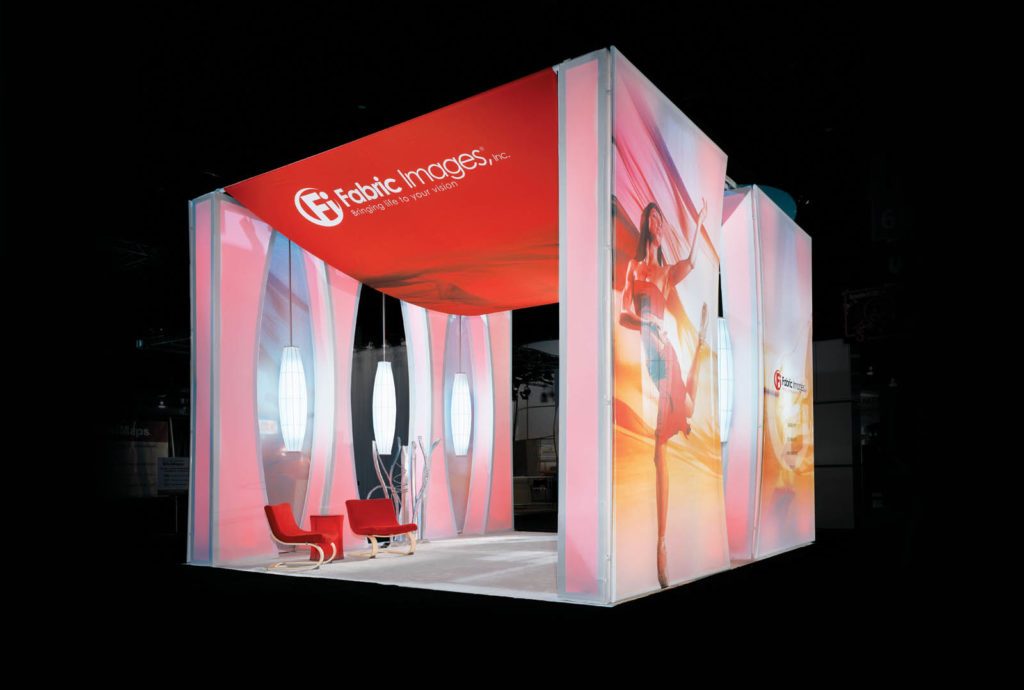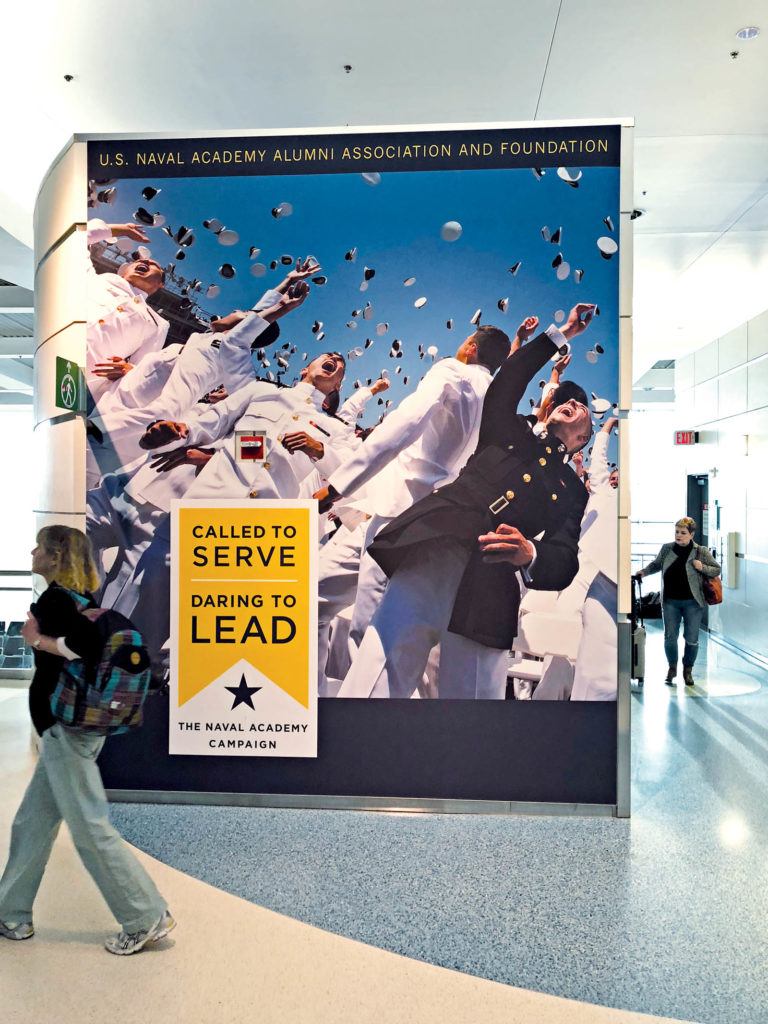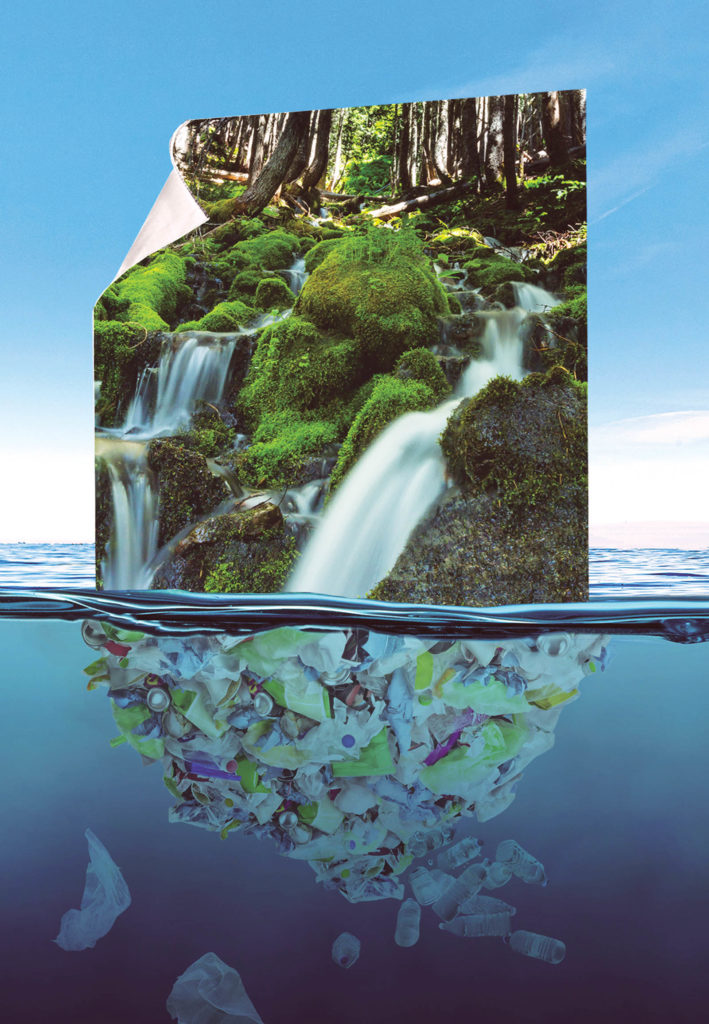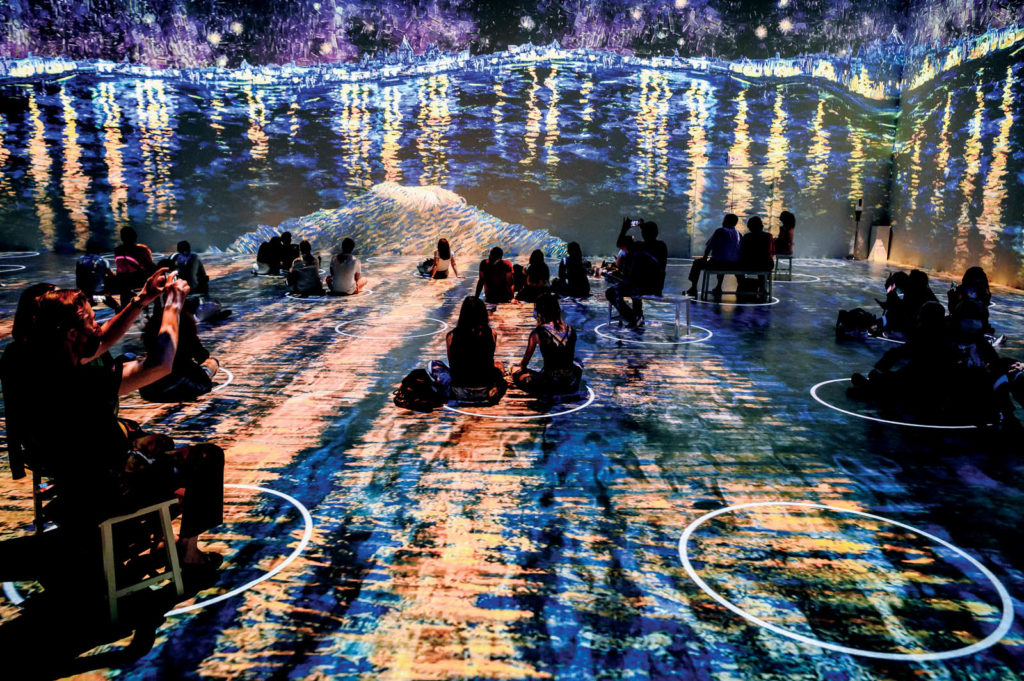
It remains a fact that it’s still too soon to know when life and work will truly get back to normal. An optimistic spring and summer in 2021 turned into an uncertain fall as the COVID-19 pandemic moved into its fourth phase. Nowhere is this more evident than the trade show sector. With the industry virtually shut down in 2020, event planners cautiously put dates back on the calendar in 2021, only to put some on hold due to concerns about the Delta variant and rising infection rates.
The good news is that most corporate exhibit managers and suppliers plan to return to trade shows, believing the pause in live events has resulted in fewer sales leads and more difficulty maintaining relationships and promoting new products, according to a mid-June 2021 report from Exhibitor Media Group on COVID-19’s impact on the trade show industry. Virtual events proved no match for face-to-face communication and the ability to see and sample products that make trade shows a vital part of many companies’ marketing strategies.
As exhibit and other live event activity increases, fabric display suppliers and fabricators are well positioned to benefit, since exhibits will need to be updated with fresh messaging and branding and new physical space requirements will need to be accommodated. In addition, because fabric is more portable and easier to transport than hard substrates, fabric displays will appeal to companies choosing to participate in shows closer to home, minimizing travel and setup costs. Fabric is also poised to be a good partner for outdoor events, with innovations in coatings that make them weather-resistant and eco-friendly.

By appointment
“We’ve seen a significant increase in requests for quotes and designs from our customers in the trade show segment in the past few months,” says Marco Alvarez, vice president of Fabric Images Inc., based in Woodridge, Ill. The 29-year-old company creates tension fabric architecture for trade shows, retail, commercial interiors, museums and events. Alvarez has also noticed a jump in exhibit work for smaller, regional shows, which came back more quickly than large shows hampered by corporate and international travel restrictions. He expects all trade show activity, barring a rebound of the pandemic, to be close to normal levels by mid-2022 but acknowledges that exhibit spaces might be a little different than before, with social distancing measures and a new emphasis on one-to-one communication.
“We see more business by appointment at shows, and that will require partitioning to create safe, small meeting spaces within exhibits,” Alvarez says.
Appointments and gatherings held off-site are also growing, according to Alvarez. This is where companies not exhibiting at a particular show take advantage of the geographic concentration of potential customers by hosting small, invitation-only gatherings at nearby hotels. In many cases, those companies still need graphic displays.
A virtual winner
The industry standard for displaying fabric graphics at trade shows and events is the tensioned approach, often referred to as silicone edge graphics (SEG). A band sewn around the perimeter of the graphic gets inserted into a slot in an aluminum extrusion frame to create the display, which can also be used with a light box frame for backlit fabric graphics. The band was once made from silicone rubber, but now more commonly is composed of a flexible vinyl. Geoff Kilmer, president and CEO of PWG, a graphics and display company based in Charlottesville, Va., likes fabric for signs, booths and other displays for trade shows because of the shipping and weight advantages and the flexibility of sizes—and he says retailers and museums are increasingly finding creative applications for fabric displays.
Fabric also has advantages for virtual events, such as backdrops for videos or conference calls, according to Kilmer.
“The nonreflective surface of fabric graphics and rich saturated colors of the dye sublimation process makes them ideal for studio lighting and videography,” he says.
Kilmer’s a fan of backlit graphics for these applications, which can create a more realistic looking backdrop, and recommends a freestanding or wall-mounted perimeter tension frame. “Make sure the graphic is large enough to accommodate different camera angles,” he recommends, “and if a freestanding frame is used, consider the potential for stray backlighting and add a blackout liner if necessary.”

Eco-friendly in demand
Many companies are rethinking their practices and products to reduce their environmental impact and better align with customers’ desire for more sustainable products. Trade shows and events are no exception.
“Attendees want to interact with brands that are aware of their environmental footprint and are actively working to minimize it,” says Jason Popp, CEO of Moss Inc., a Franklin Park, Ill.-based provider of custom environmental graphics, retail signage and tension fabric displays.
At one time, “being green” might have meant putting out recycling bins and offering quick response (QR) codes to reduce paper. Today, the expectation goes beyond superficial actions and extends to the entire trade show experience.
“Event organizers, exhibit houses and agencies, venues and other industry players are equally becoming aware of the need to provide a more sustainable experience in what is often a wasteful industry,” Popp says. “And we need to make it easy for them.”
Moss recently added an SEG fabric produced from 100 percent recycled content, including upcycled marine plastic and recycled polyester, to its sustainable product line. Called SustainaTex Ocean, the fabric can be used with PVC-free gasket, OEKO-TEX® compliant dye-sublimation inks, and 100 percent recycled packaging—a complete eco-friendly package for trade show and event clients, as well as retailers.
The emphasis on environmental considerations might also be attributable to a younger generation entering the workforce, according to Saint Clair Textiles sales manager Anthony Pappalardo.
“Younger buyers would rather specify a product that is better for the environment rather than choose the cheapest product without regard to its carbon footprint,” says Pappalardo. The Saint-Clair-de-la-Tour, France-based textile manufacturer has seen a bump in sales of its eco-friendly print fabrics over the past few years and has recently developed a PVC-free banner fabric for outdoor use. Many of the company’s textiles have also undergone a “cradle to grave” environmental analysis, which further demonstrates product sustainability.

Walking into the brand
Covering the “ceiling” of displays has been a tricky issue in trade show design, according to Paul Grider, sales and marketing director of Dazian LLC, a theatrical and event fabric supplier based in South Hackensack, N.J. Depending on the city, state and venue, rules and regulations often differ with regard to how much of the ceiling can be covered and the type of material that can be used. This can make it difficult to create the type of engaging brand experience many companies seek.
But it’s also a big opportunity area.
“The game changer will be fabric solutions for ceilings so trade show exhibitors can have a more immersive space,” Grider says. “Designers want to create an experience for attendees, a feeling of being transported into that brand’s culture, and not let the exposed architecture of the event center interfere with that.” He hopes the industry can participate in creating a national standard that would ensure safety and give designers more freedom to create unique displays and experiences.
Before the pandemic, the question of the value of trade shows would often cycle through business headlines. But after more than a year of virtual-only shows, the headlines are focused on the need for the trade show comeback—whenever that may be. The trade show experience may be different, however, and exhibit and display fabricators are ready to make that experience better than ever.
Laurie F. Junker is a freelance writer based in Minneapolis, Minn.
SIDEBAR: Projecting an experience

Immersive experiences are quite possibly the next big thing in the marketing world, according to Jon Weingarten, CEO of Dazian LLC. One example is “Immersive Van Gogh,” the highly successful traveling exhibit of the Dutch artist’s work. The paintings are set to music, animated and projected onto walls, pillars, floors and ceilings to create a more visceral visitor experience. Held in empty industrial spaces, the event is created with digital projection technology.
“Over the last 10 years, projection technology has exploded, allowing images to contour to any size or shape,” Weingarten says. “You don’t need a vinyl screen anymore—everything can become a projection surface, including fabric.”
Fabrics have the unique advantage of being moldable to various frames and may be front- or backlit to create different levels of opacity to create the kind of intense, three-dimensional brand experience designers are increasingly trying to achieve. While the technology is still expensive, Weingarten thinks it will become more affordable and eventually make its way into the trade show environment, augmenting or even replacing printed graphics and LED video displays.
“The field is changing so quickly and dramatically that it’s hard to predict, but I think it’s here to stay,” he says.
SIDEBAR: Activating attendees
The term “activation” is bandied about a lot in the sales and marketing world these days, according to Aaron Sackett, a marketing professor at the University of St. Thomas in St. Paul, Minn. It can mean different things to different people.
“Basically, creating activations means to spark connections in people’s minds,” Sackett says. Sometimes these connections lead to sales, particularly if the activation creates an identity that resonates with the customer and satisfies other important criteria, such as price. In a trade show or event environment, an activation could be as simple as a compelling backdrop that attendees want to photograph or be photographed in front of (i.e., a selfie). The act of taking the photograph and the photograph itself might reinforce a positive association with a brand and act as a reminder. But, Sackett adds, “it’s important to target your activations to specific brand attributes and/or any barrier to sale.”
 TEXTILES.ORG
TEXTILES.ORG


